How to Grow Bachelor Buttons: 5 Tips for Growing Cornflowers
Bachelor buttons (Centaurea cyanus, also called cornflowers) are an easy-to-grow cool-season annual flower that blooms early in the spring. Learn how to grow bachelor buttons, and the bees, butterflies, and other beneficial insects that love these colorful flowers will thank you.
In my low desert Arizona garden, bachelor button blooms bridge the gap between when the ranunculus blooms finish, and the heat-loving blooms of zinnias and dahlias arrive. Bachelor buttons grow well until temperatures get too hot in May or June. In more mild climates, the flowers last all through summer.
5 Tips for How to Grow Bachelor Buttons
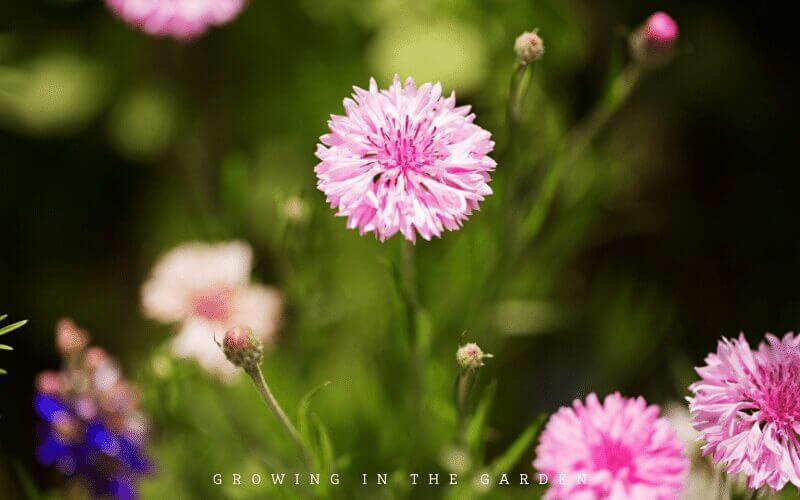
1. Choose the best location for growing bachelor buttons
Bachelor buttons grow best with at least 6 hours of sun. In hot summer climates like the low desert of Arizona, planting in an area with afternoon shade will prolong the blooms.
Because bachelor buttons reseed easily and often “naturalize” (self-sows for another crop of flowers the following season), they are considered invasive in some areas. Check with your local extension office to see if planting is permitted.
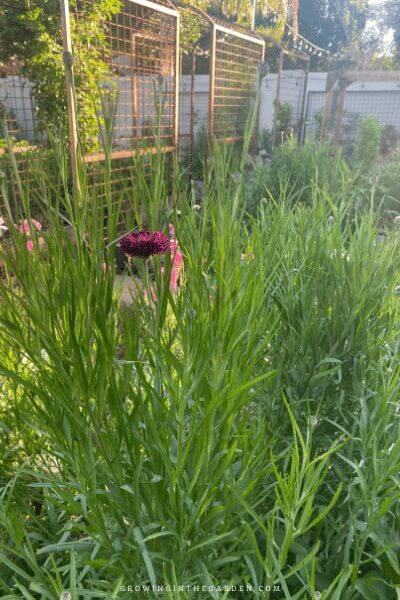
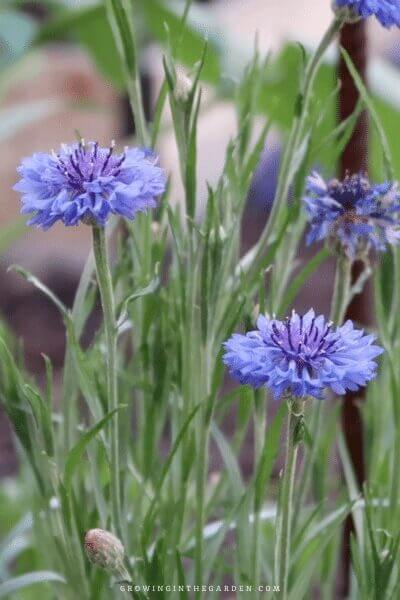
Bachelor buttons grow well in most soil as long as it is well-draining. Add compost to the planting area before planting. Additional fertilizer during the growing season is not necessary.
Give bachelor buttons enough room to grow well and allow for airflow. Depending on the variety, they grow between 2 and 3 feet (61-91 cm) tall and are about 18 inches (45 cm) wide. Although bachelor button branches can be brittle, they don’t usually need support.
Bachelor buttons grow well in containers. Choose a container that is at least 12 inches deep.
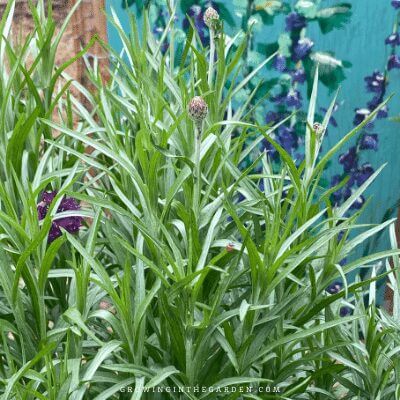
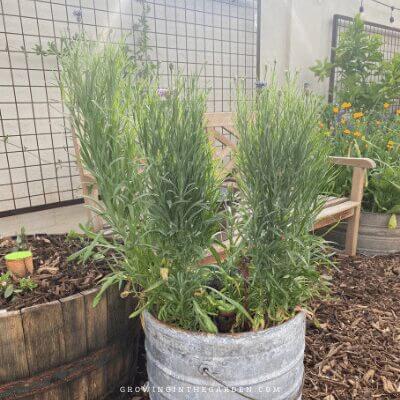
2. Plant bachelor buttons correctly
Bachelor buttons grow well from seeds started directly in the garden. I love planting a couple of seeds in each garden bed and enjoying the blooms all spring. I use bachelor button seeds from Botanical Interests.
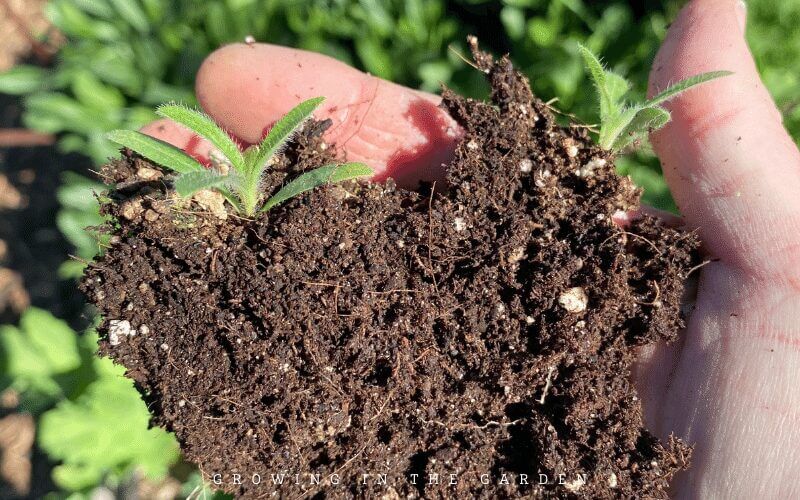
In cold climate areas, plant seeds after the danger of frost has passed in the spring, when soil temperatures are about 60°F-70°F. Plant seeds directly in the garden about ¼” deep. Germination usually takes between 7-10 days. Thin plants to 12” apart. I carefully transplant the extra seedlings to other areas of the garden.
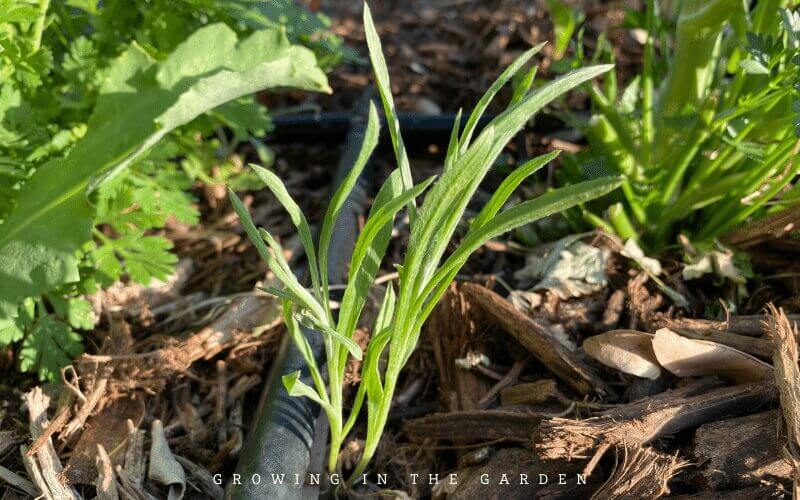
In the low desert of Arizona or other mild winter areas, plant seeds from late September through November.

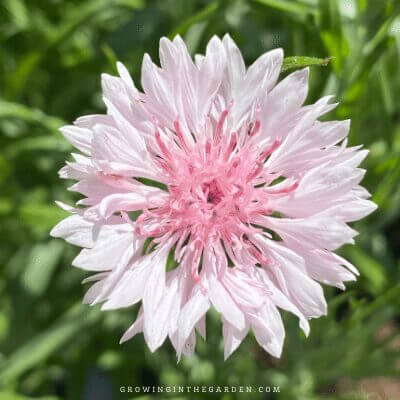
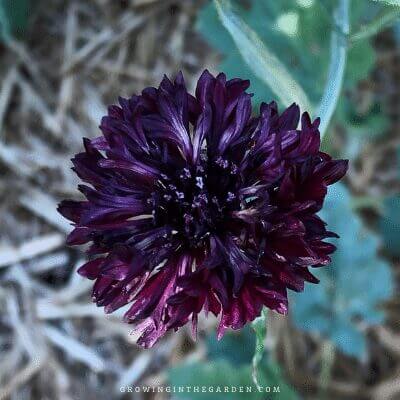
3. Encourage more bachelor button blooms
Bachelor button plants grow quickly; they seem to grow and bloom suddenly. One day they are tiny seedlings, and then suddenly, large plants appear. To encourage branching and tall, strong stems, cut back the central stem almost at ground level above 3-4 side shoots when the plants are several inches high.
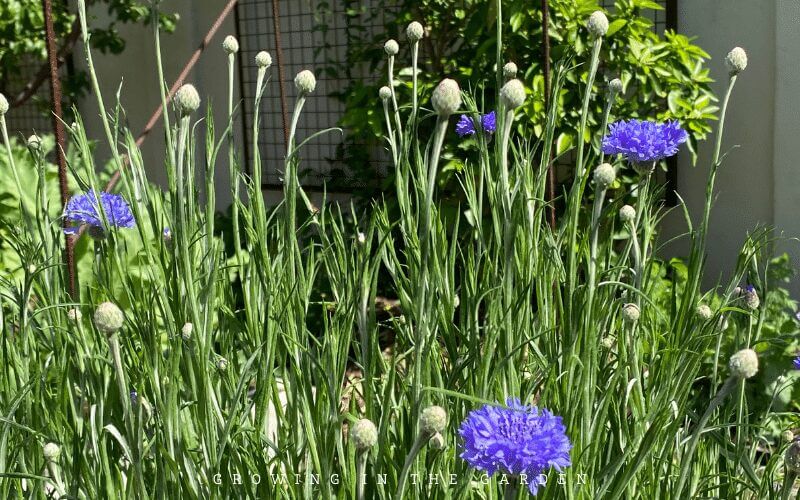
The blooms encourage beneficial insects, which in turn help keep the aphids and other pests (that like to show up in early spring) in check. Suppose you notice aphids on bachelor button plants and flowers. In that case, you can spray them off with a stream of water or do nothing, and the beneficial predators that love bachelor buttons like lacewings, ladybugs, and parasitic wasps will come and take care of them for you.
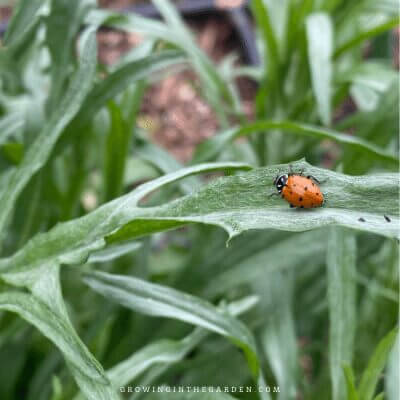

Keep blooms harvested or deadheaded throughout the season to encourage more blooms.
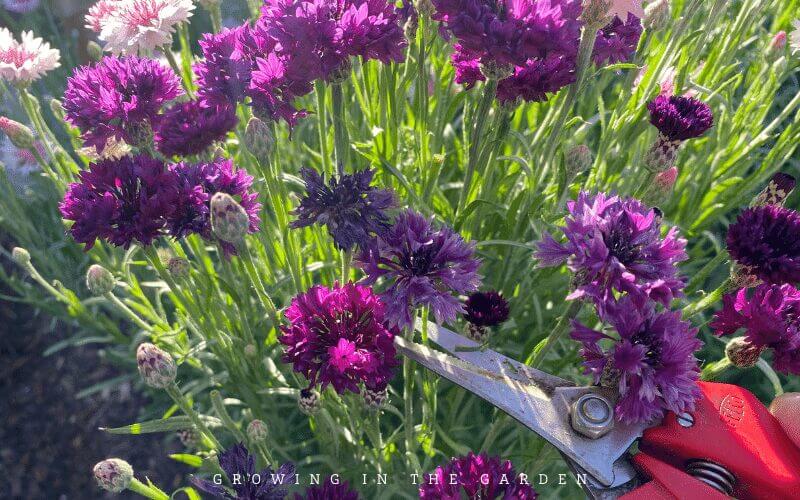

The Perpetual Annual Flower Planting Calendar, available in my shop, helps you learn when to plant flowers in the low desert of Arizona and whether to plant seeds or transplants.
4. Use bachelor buttons as a cut flower or a salad garnish
The harvested blooms brighten up spring bouquets. Harvest stems first thing in the morning when the flower is just beginning to open. Flowers continue to open once harvested. Remove all leaves below the top set of leaves. Blooms can last 1-2 weeks in a vase.
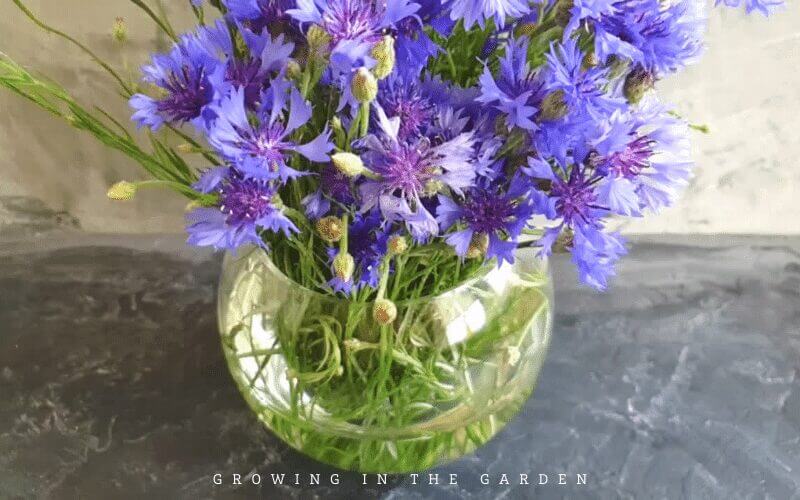
The blooms of bachelor buttons are edible and are often used as a garnish in salads or herbal teas. Pick flowers just after opening and use as desired.
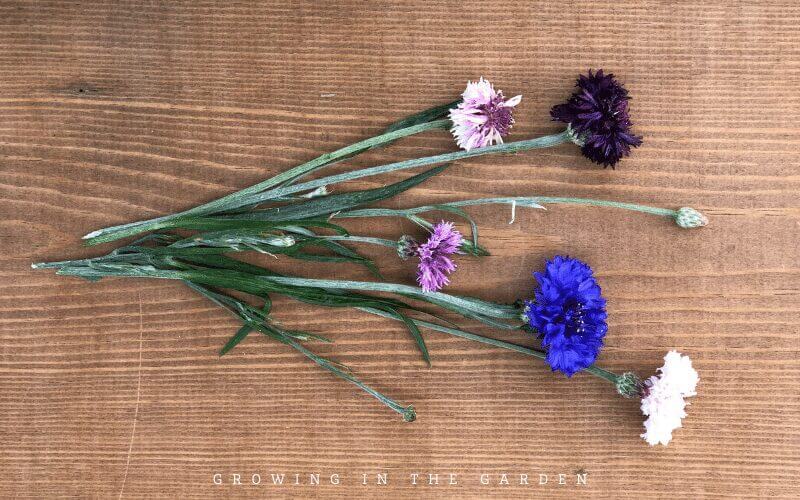

Learn more about growing and using edible flowers in this blog post.
5. Save seeds from bachelor buttons to plant next season
Once you’ve learned how to grow bachelor buttons, you can have seeds to plant for years to come. To save bachelor button seeds, leave the largest blooms on the plant at the end of the season. The colors will dry and fade. Snip off the faded blooms and store them in a paper sack until dry. Rub the seeds off from the base of each flower once dry and keep them in a cool dark place for the most extended storage life.
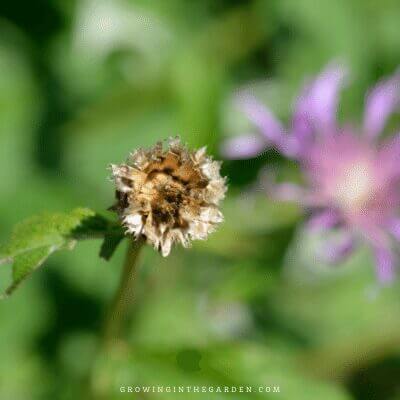
If you enjoyed this post about how to grow bachelor buttons, please share it:
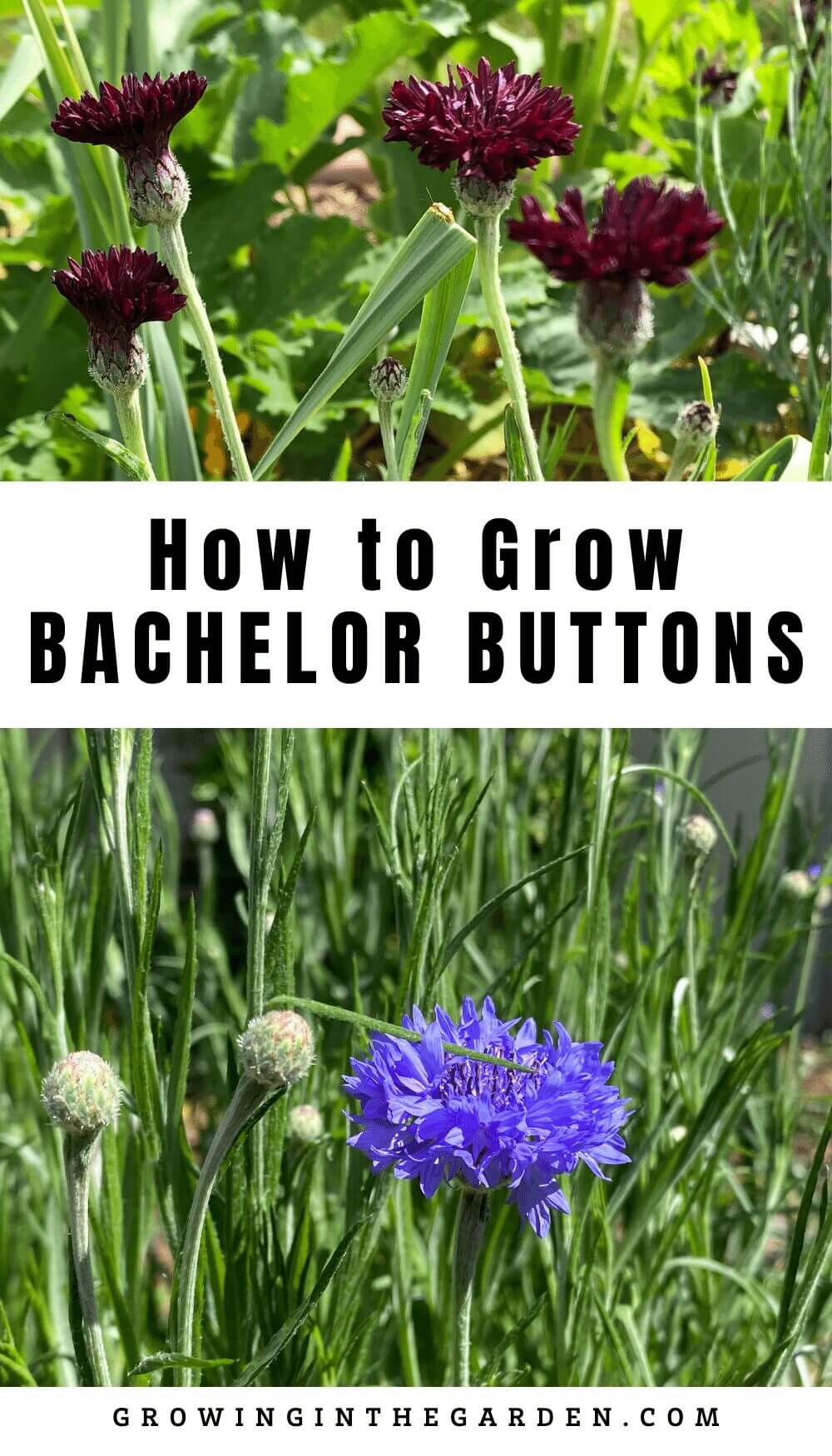
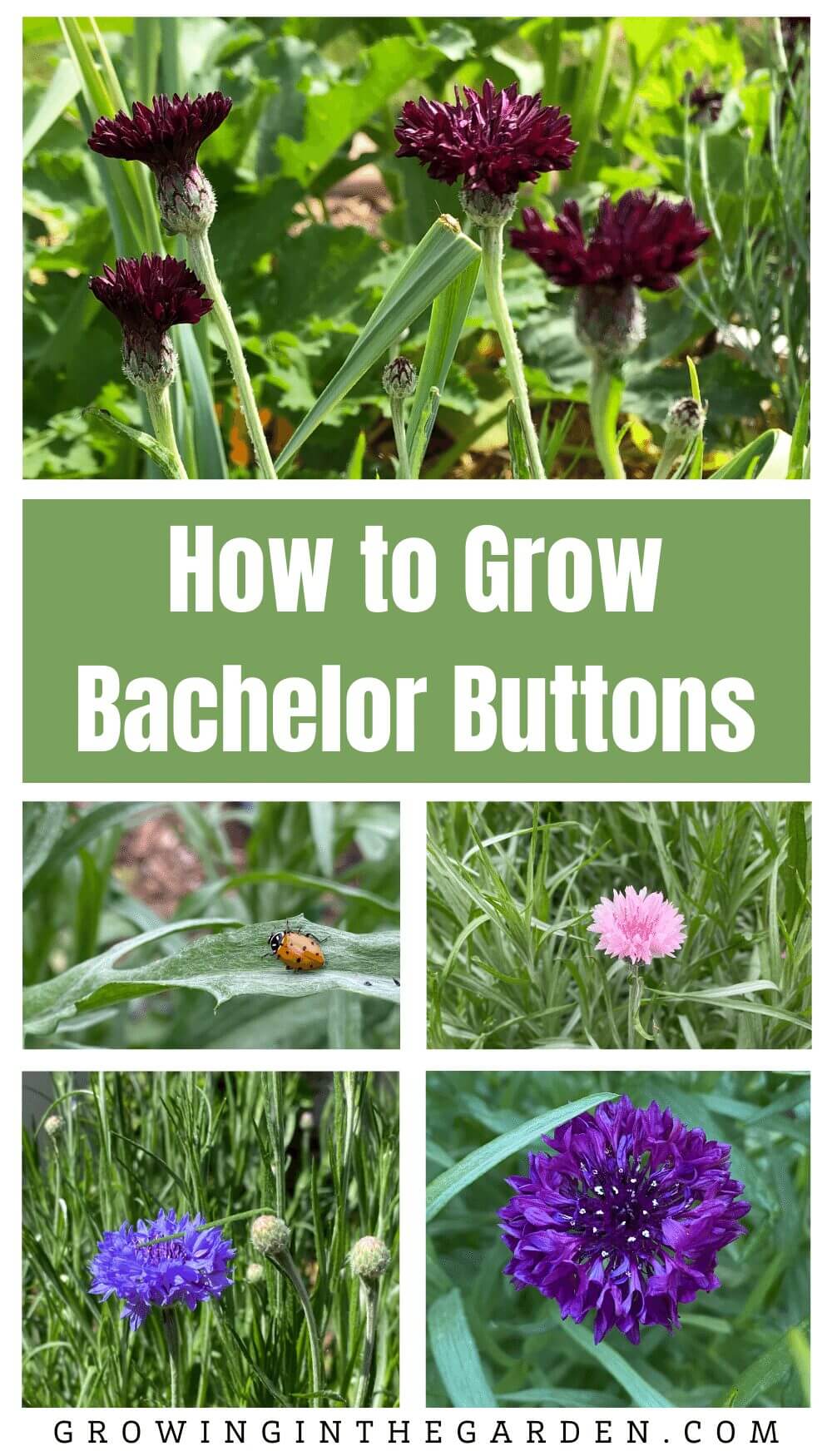
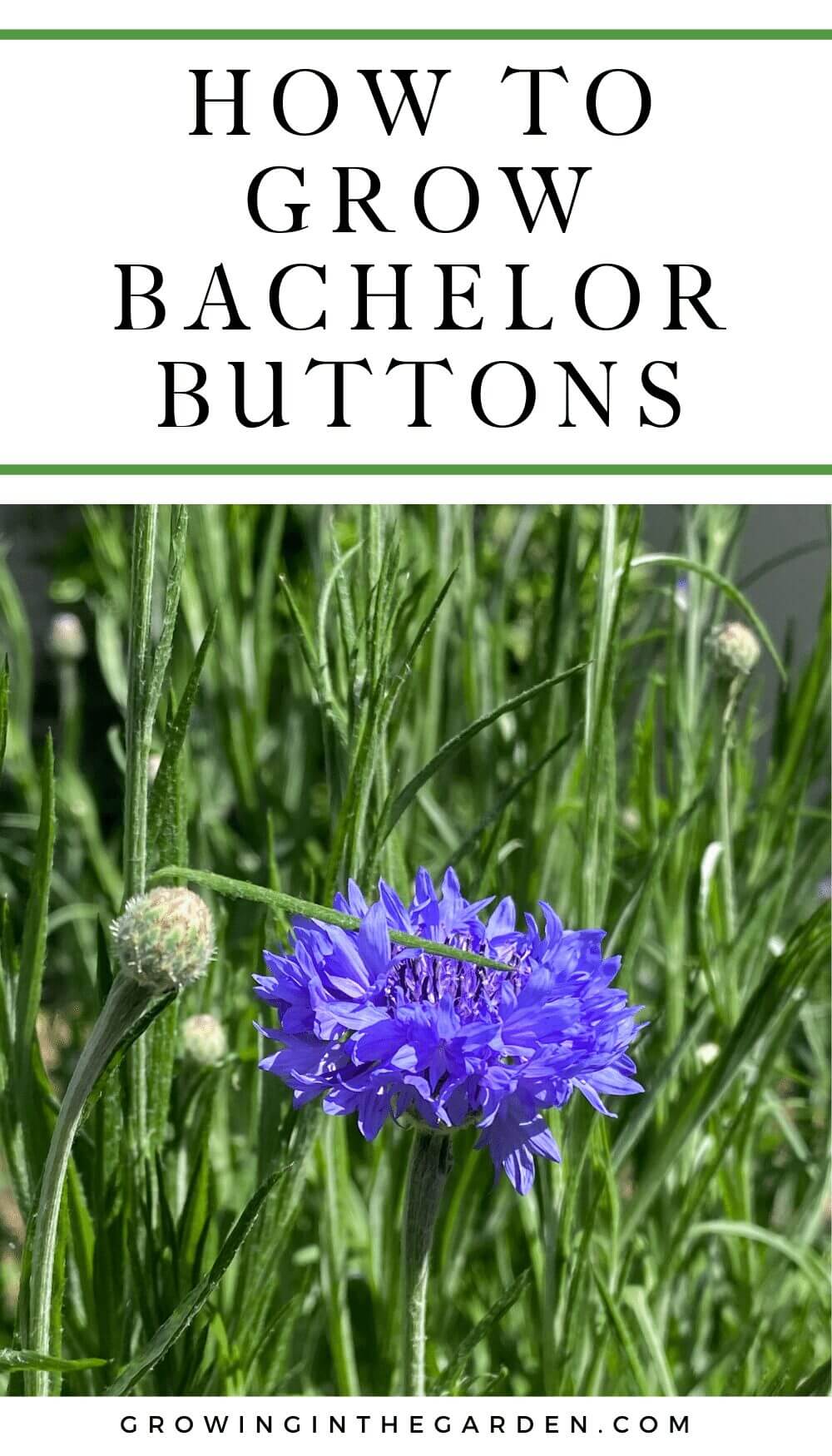

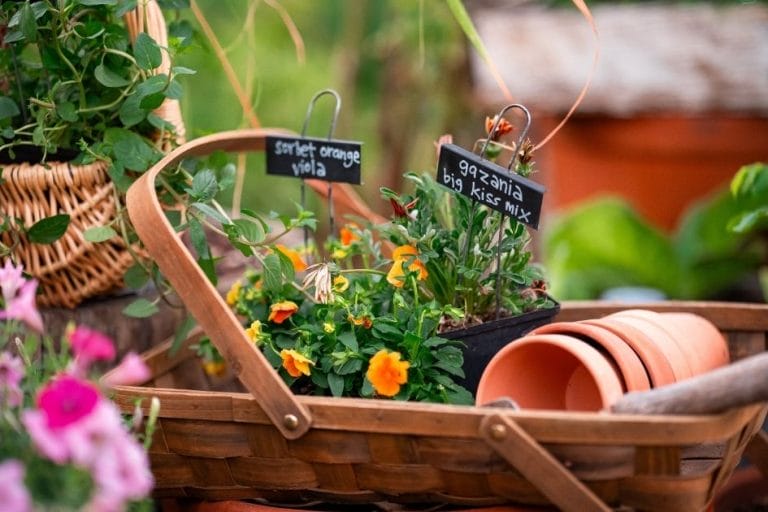



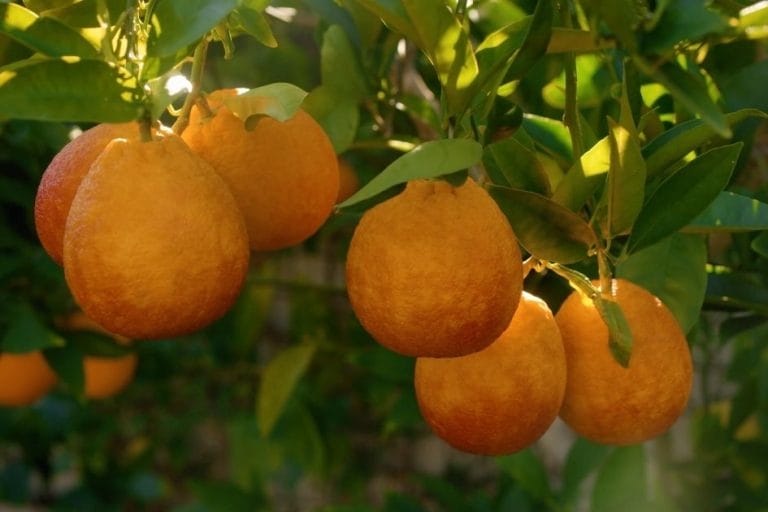
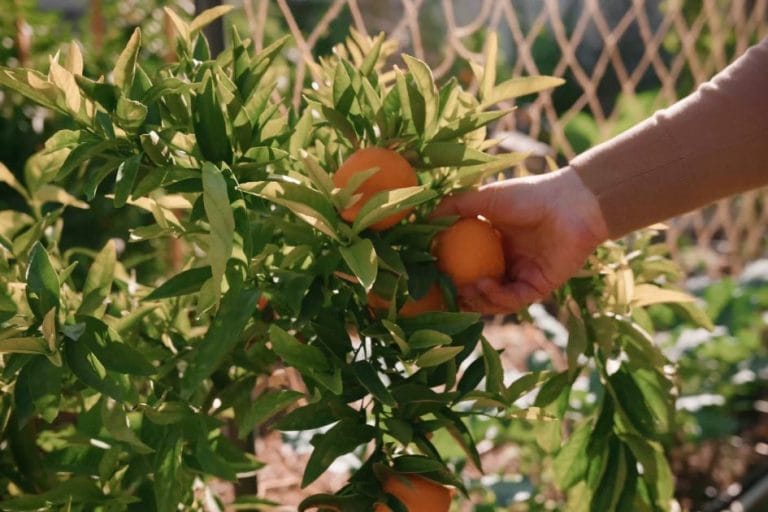
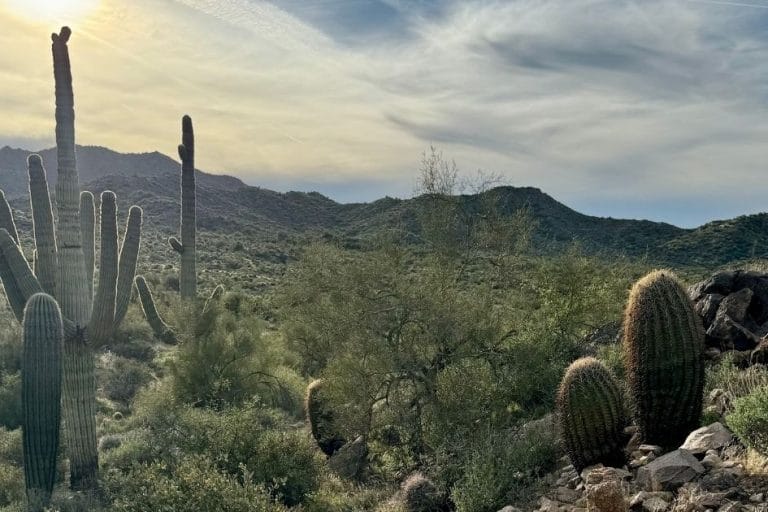
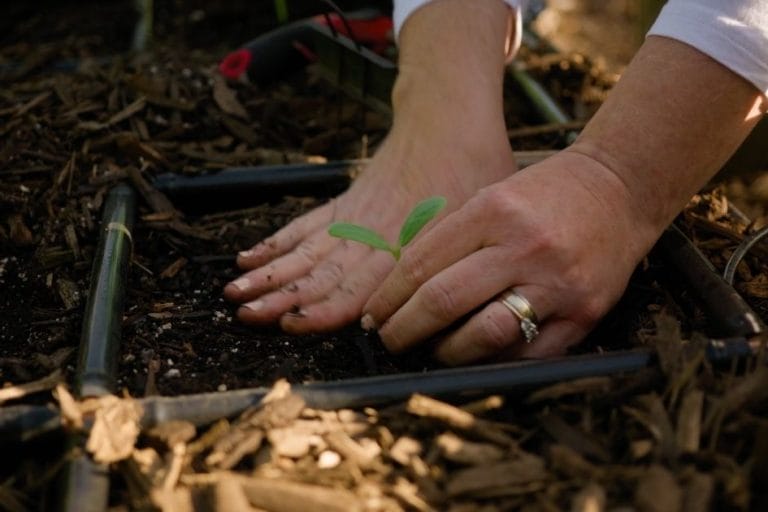
My bachelor buttons sprouted and I was so excited! They are still small spouts with two leaves on either side but recently they have all started to lay on the dirt and the stems in the dirt look pinched. What happened? Over watering? Under watering? Some leaves look dry but we also had a lot of rain recently… they still managed to stay upright until recently. So confused!
Could be aphids or another pest issue. Once they get large, they definitely can topple in the wind as well.
@Aley, That sounds like Damping Off to me!